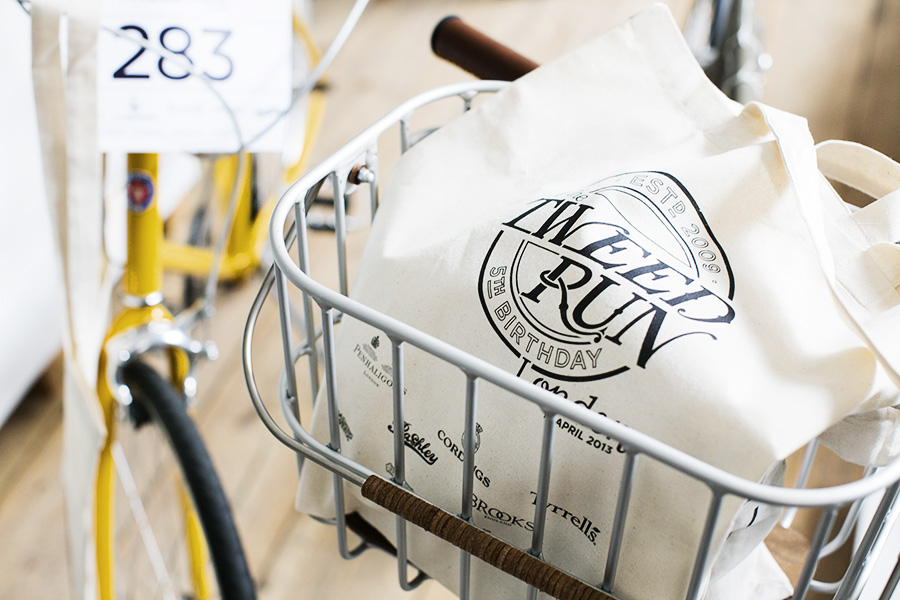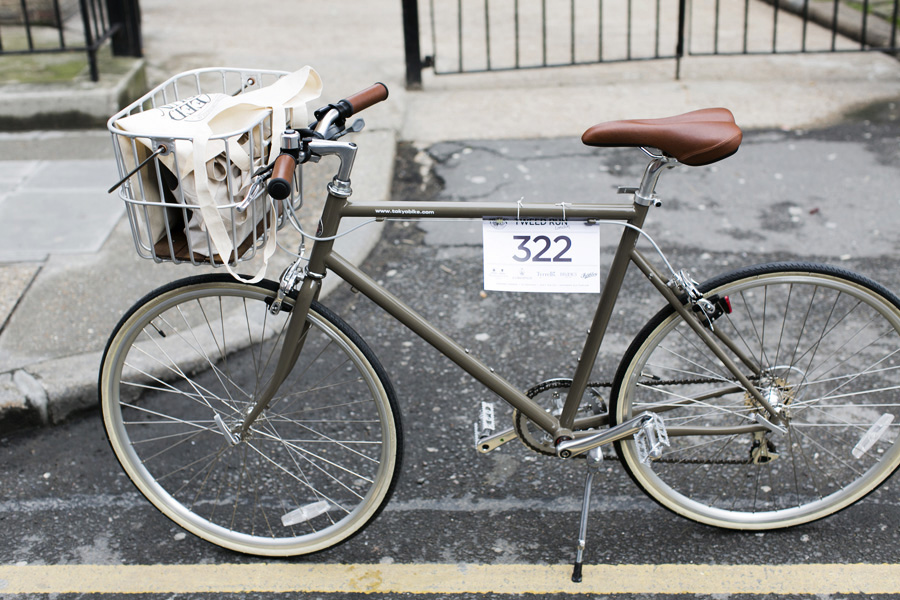Raised garden beds are one of the best tools for gardening. They minimize weeds, they allow for greater organization and access, they facilitate planting and harvesting, and they just look beautiful. There are also about a million different ways to implement raised garden beds into your life – from simple planter pots to 3’ high raised boxes, from small raised beds to large raised beds.


This article is meant to present one tried and true method of raised garden boxes that has worked successfully for our family for about five years now (and still going strong). Feel free to pick and choose what interests you and/or would work in your individual circumstances and situations. Happy gardening!

RAISED GARDEN BEDS: PLANNING PHASE

Planning the Placement & Layout
The first thing you’ll need to do when considering raised garden beds is plan them out. Specific things to consider are: where will the raised garden beds be located (you’ll need a place with access to water and lots and lots of direct sunlight) and how much space you have or want to devote to them (research “square foot gardening” to determine how much space you need for what you want to grow).

This example shows a sunny part of the yard with two large raised garden beds. Each box measures 18’ x 5’ overall. Because of this extensive length (many people prefer to build beds with smaller dimensions, such as 4×4 or 5×5), this design incorporates two built-in pathways (2’x4’) in each box to allow for easy access to the garden plants for both planting and harvest. These are red bark spaces you see here.

You’ll also want to consider access to the garden itself. Because this raised garden box plot is surrounded by house (one side), fence (two sides), and grape arbor (one side), we planned out the most aesthetic and pragmatic access points possible.

One access point is the gate in the wooden fence, which opens directly into the gap between the two raised garden beds. The other access point is a grape arbor archway, defined by a flagstone pathway in the lawn itself.

Planning for Climbing Plants
One aspect to consider, when planning your raised garden beds, is whether or not you’ll be planting crops with climbing potential. These would be plants such as peas, pole beans, tomatoes, squashes, melons, cucumbers, etc. One option for accommodating climbers such as this is to install galvanized pipe up from the corners of your raised garden beds (secured by 24” rebar into the ground) and running across from corner to corner. (This is discussed later on in more detail.)

(Budget Tip: You can use PVC fittings, instead of galvanized pipe fittings, on your galvanized pipe climbing grid frames.)

Then tie nylon netting with a wide grid (example shows about a 4” grid) onto the pipe. This is a good low-cost option for climbers, as you can harvest from either side of the raised garden beds, although you’ll need to replace the nylon netting every couple of years.

An alternative for climbers, and one that has a higher upfront cost but lower hassle over time, is using metal caging sheets with a wide grid. You can use your same galvanized pipe frame. Use thick wire to attach the wire grid to the galvanized pipe on sides and top. This is our recommended method, as it provides much more stability as the plants and harvest get bigger and heavier (think: pumpkin vines climbing up the metal grid and growing enormous pumpkins – heavy!).

RAISED BOX GARDEN: BUILDING PHASE

Now that you’ve planned out, at least roughly, what you want your raised box garden to look like, it’s time to build. This is a very simple design. Take 2×12 douglas fir (or other weather-hardy wood, such as cedar or redwood) and cut to fit your specifications. As mentioned, these two raised garden beds were designed to be 18’x5’ overall.

Each raised garden box corner is held together with two heavy duty metal brackets, one near the top and one near the bottom (the lower one is covered by soil in this photo). 1-1/2” outdoor screws were used to install the brackets. No other attachment was used or necessary to keep the wood beds together.

To connect the longer lengths of lumber (the 12’ to 6’ lengths making up the raised garden box sides), flat brackets were used. Two brackets on the inside and two on the outside of the planter box at every straight joint.

Where the red bark walkways were installed, 3” exterior screws were used as a lower-cost option to keep the douglas fir boards in place in connection with the raised box garden outer frame. The same is true for the short cross-pieces near the top of each walkway, which were implemented to provide an additional 2 square feet of growing capacity per walkway.

To water the raised box garden automatically, a drip sprinkler line is key. Sprinkler hoses were attached with metal c-clamps around the interior of each square. An L-shaped cutout was made on the top corner of each walkway board so the hose could sit down inside the garden boxes, which minimized opportunities for getting cut, stepped on, tripped over, pulled, kinked, or whatever else. Basically, it was to protect the hose and keep it out of the way.

Each hose then wraps around the interior perimeter of the raised garden box before traveling onto the next one. (Smaller drip hose is used to connect the sprinklers to this larger main hose.) Remember, the hose doesn’t designate planatable area; the raised garden box perimeter does. It’s just nice to have the hose out of the way on the perimeter.

Each of the smaller 1’x2’ sections at the top of each red bark walkway gets a simple round of soaker drip hose, which makes more sense in these smaller areas than installing a sprinkler.

Sprinklers are raised sprinkler heads, generally used as sprayers on drip lines for landscaping, placed either in the corner or centers of the boards of each 5’ section. The sprinklers stand about 12” high so they can spray over the plants, but their posts are typically too flimsy to support and secure the sprayer in the right direction all by themselves. So we’ve inserted 24” bamboo posts directly by each sprayer. Over the winter, some of the zip ties don’t make it, so each spring we replace a few.

Simply pull the sprayer next to the bamboo support post, taking care to keep the sprayer itself free and clear and unobstructed from its spraying duties by the bamboo post.

Wrap a zip tie around the sprinkler post and the bamboo post near the top of the sprinkler post. Tighten the zip tie.

This will keep the sprinkler secure and allow you to specify exactly where you want it spraying. It will also protect it from accidentally getting stepped on and broken as the summer progresses. (Experience talking here.)

As you’ve planned for climbing plants, it’s simple enough to build the grid for them to climb. Use galvanized pipe with either PVC fittings or galvanized fittings (we’ve used both with success) to keep the frame together. Pound 24” pieces of rebar into the ground, about 12”-16” down, then slide your vertical galvanized pipes over top of the rebar. This is secure and stable.

Acquire some sheets of heavy duty metal grating from an outdoors store, and line it up with your frame. Use metal wire to attach the grating to the frame every foot or so.

You can trim down your grating or simply overlap it with another sheet, depending on the tools you have available and the spacing you require. We found it easiest, and most secure, simply to overlap the ends of the grating. We have used nylon netting in the past, because it was initially less expensive. It worked fine and is a good option if you’re starting out and figuring out just how you want your garden to work. But I’d recommend metal grating once you determine that you’ll have climbers every year, simply because it’s easy and heavy duty. This will last a long, long time.

RAISED BOX GARDEN: PLANTING PHASE
Below are some tips and tricks we use for planting basic plants. You can also refer to this instructional article for some other helpful information on planting seeds and growing healthy plants.

You’ll likely find yourself planting in shifts, depending on what zone you live in, and what your spring weather is. Don’t worry about filling in all the square feet of your raised garden beds at once; they’ll be filled later on with tomatoes or peppers or whatever else you want to plant after the last frost.

Onions –We started onions from seed our first year and decided it was much easier and more economical to simply buy onion starts from our trusted local seed and garden store. Begin by raking some of your soil to the side, so you have a flat surface about 3” lower than your actual raised box garden soil level.

If your soil has been used for vegetables in the past, it might be a good idea to supplement its nutrients with a little bone meal, a slow release fertilizer to help stabilize the starts while they acclimate and grow.

Sprinkle a thin layer of bone meal onto this lowered soil level. Ultimately, you want the bone meal to be about an inch below the plants when they’re in the ground.

Cover the bone meal back up with the soil you’ve raked aside. This section is now ready to receive onion starts.

Onions are the easiest things in the world to plant and grow, I think! Make a little hole in the ground with your finger, and gently slide the onion start in so all its roots and the bulb are underground about an inch or so.

Carefully pat the soil around the onion plant so it stays in place. You can plant 16 onions per square foot with excellent results.

Here are the onions about a month after the onion starts were planted. Doing well, even after a 3” snowfall the day before this photo was taken.

Peas – Snow peas are another favorite in our kid-friendly vegetable garden. Begin by soaking the peas for about an hour in water. I should say that some people skip this step altogether and have delicious and healthy peas. We’ve always soaked ours because it’s supposed to help them sprout sooner and better. In the end, do whatever works for you.

Prepare the soil for planting. You can shovel in some fertilizer, some fresh potting mix, vermiculite, or other recommendations from your local gardening experts. We usually add fertilizer and/or growing aids for individual crops as we plant them, so for peas, we simply rake the ground, especially the edges near the metal grate. Peas are climbers.

You can plant peas in a line, about eight peas per square foot. An efficient way we’ve found to plant them is to simply lay them on top of the soil in the line you want.

Then go along and push them about an inch or two into the soil, and gently cover them up with soil. Don’t press the soil down too hard; keep it loose to help the pea germinate.

After a few weeks, when the pea plants have grown tall enough to reach the bottom of your climbing grid, you might need to “help” them along by winding their vines around the grid. Keep an eye on these plants at this point for the next week or so; it’s easy to train them upward when they’re young, and it’s much easier to harvest peas when the plants are climbing.

Strawberries – We transplanted our strawberry plants out of our raised garden beds this year, because they had been successfully bearing fruit for about four years, and it was time to get new plants in a new space.

We added fresh potting soil into this raised planter box (full DIY instructions here) and simply placed the new bare root strawberries into the soil, taking care to keep all roots underground. Strawberries can be planted about four per square foot. We then snaked a soaker hose (hooked up to the automatic drip system, which is KEY for us in successful gardening) around the soil so every strawberry plant has access to water, then staked the hose into place. Viola. Berry simple.

You can see that, after just a few weeks, the drip soaker hose is almost not visible. This is good for both aesthetics and function/protection.

Can you see each plant, loaded with strawberry blossoms and even the starts of the berries themselves? I love the idea of harvesting these from a raised garden box at a waist-height level.

This is what your indoor growing station might look like, while you wait out a cold spell to fill your raised garden boxes. It’s worth the wait, though. With careful planning and regular care, raised garden boxes are a perfect blend of form and function, even years down the road.
You're reading Raised Garden Beds 101: Tips on Planning, Building, & Using , originally posted on Homedit. If you enjoyed this post, be sure to follow Homedit on Twitter, Facebook and Pinterest.













































































































